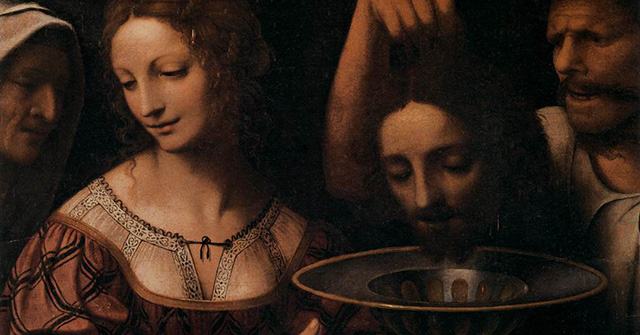
Before working at Ravinia, I spent slightly more than 13 years in the public relations department at San Francisco Opera. During all that time, the various general directors under which I worked unceasingly complained about the lack of TV coverage the company’s productions received. For every opera that was produced there, a media alert would be sent to all of the local television stations, desperately trying to interest them in coming to the dress rehearsal to publicize the opening. But it was mostly to no avail; even in an arts-crazed town like San Francisco, opera was deemed too esoteric an activity to be of interest to the general public.
But during the summer of 1993, SFO mounted a production of Richard Strauss’s Salome with opera star Maria Ewing in the title role, one of her most celebrated portrayals. Part of the attention she attracted stemmed from the fact that not only did she do her own dancing for the famous “Dance of the Seven Veils” (many opera divas leave that duty to a dancing double), but she also followed Oscar Wilde’s original stage directions that Salome should conclude the dance stark naked. Even singers who did their own dancing in other productions wore at least a body stocking for modesty.
In advance of the dress rehearsal, I struggled to find a way to imply without explicitly stating that Ms. Ewing would be baring her all—after all, we were a major international opera house and didn’t want to sound sensationalistic or exploitative. So I used phrases like, “SFO ‘Unveils’ New Salome Production.”
I must have succeeded: no fewer than five TV news crews showed up.
It should be noted that since Ravinia’s Salome on August 2 is a concert performance, Metropolitan Opera star Patricia Racette (who is undertaking the title role for the first time in her career) will remain fully clothed. As will the Chicago Symphony Orchestra.
